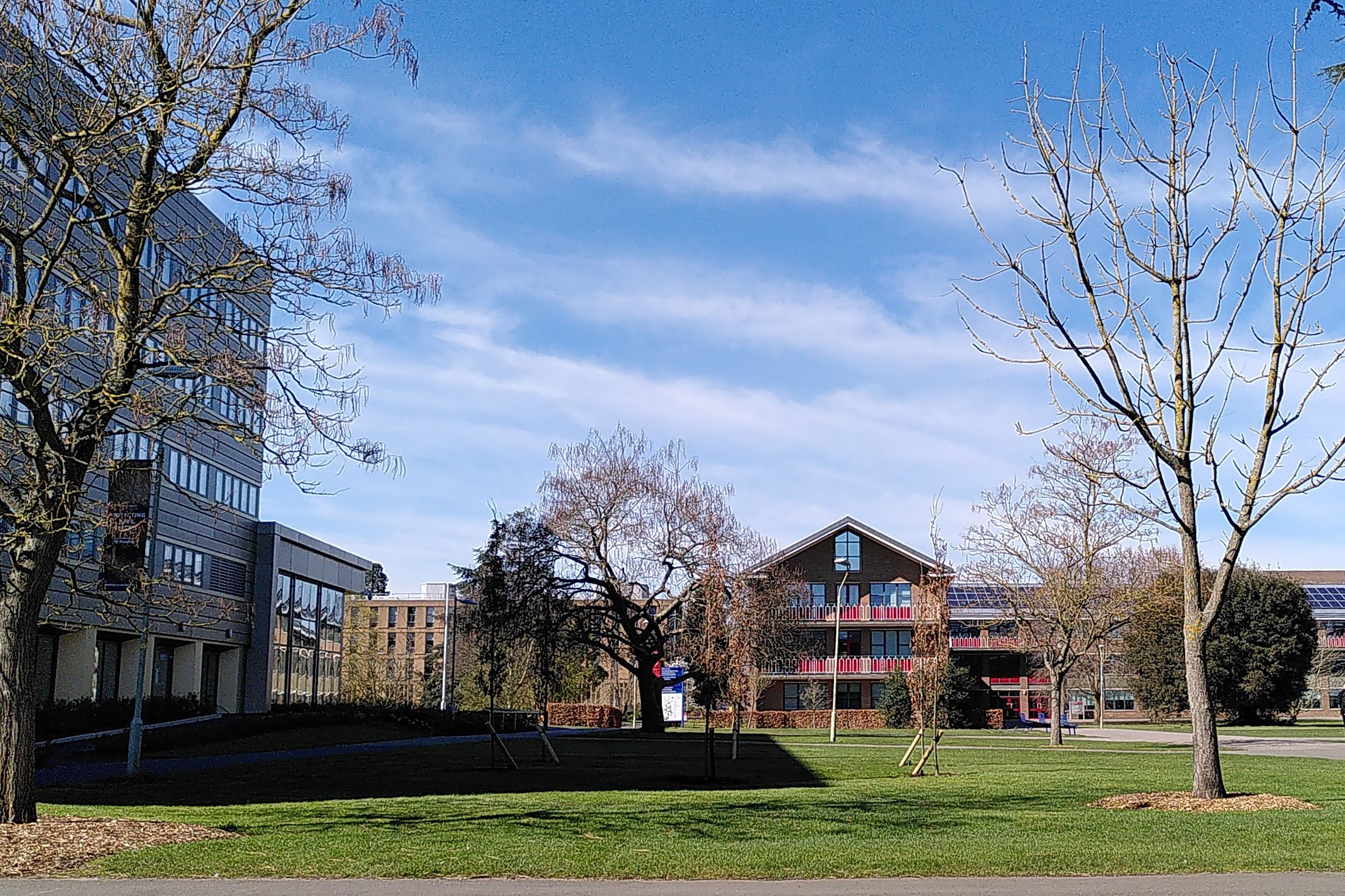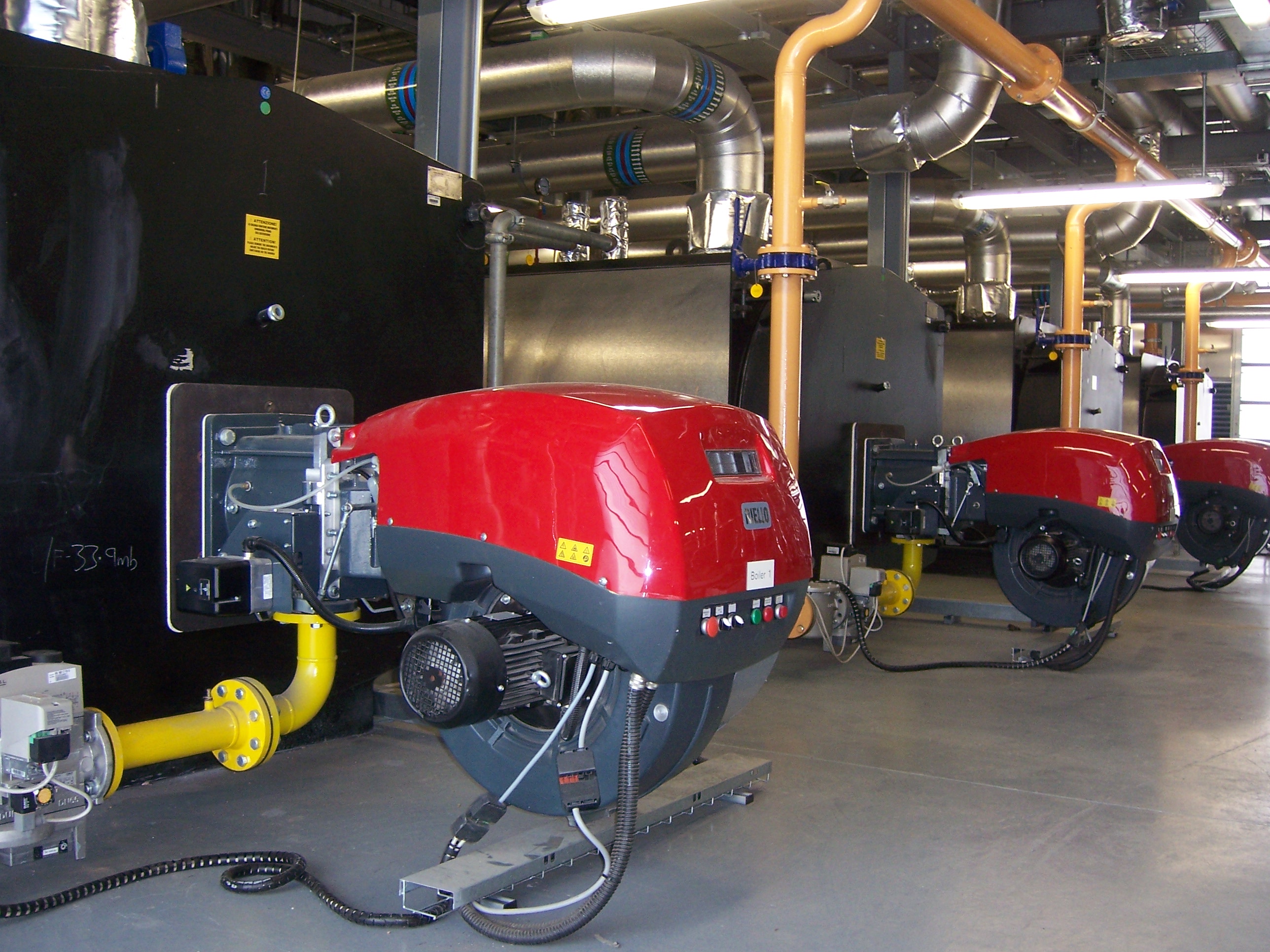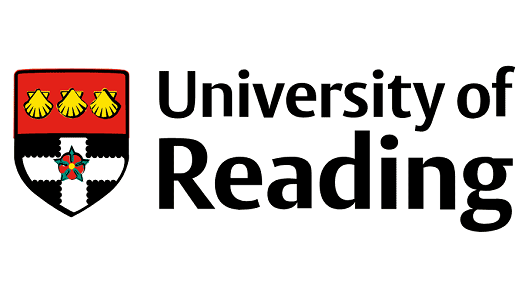 The University
The University
With an annual utilities bill of £6.2 million across 470 buildings and 393,000 m2 floor space, effectively managing energy and water at the University of Reading is both constantly challenging and regularly rewarding.
I joined the University in 2011, around the time when the Higher Education Funding Council for England (HEFCE) was setting out ambition carbon reduction targets for the sector. This included linking the Capital Investment Framework (CIF) funding for estate improvements to demonstrable progress with carbon reduction.
Fast-forward a few years, and we started to be recognised amongst the leaders in the higher education sector for delivering carbon reductions, which helped ensure that CIF funding for the University was forthcoming. Our carbon reductions now stand at 41% against our 2008/09 baseline, which has delivered £30 million in cumulative revenue savings.
This has instilled a sense of belief that we have a track record of successful delivery, and that we can and should continue to build on this for the future.
A new strategy
The University appointed a new Vice Chancellor, Professor Robert Van de Noort, in spring 2019, who was previously Pro-Vice Chancellor, and has long been an active supporter of our sustainability work. His appointment has led to the development of a new Strategy for the University, and after consultation with staff and students, environmental sustainability has been established as one of the core principles of the Strategy for the years ahead. This is significantly raising the expectations to deliver even larger carbon reductions, with an expectation to deliver a net zero carbon position over the next 10 years.
This is very welcome, but presents some interesting challenges. On the one hand, we do not yet fully understand the most appropriate pathway to delivering net zero carbon emissions. This is causing some discomfort, as it contrasts with our approach to date of having clearly planned projects which collectively inform the setting of our next reduction target. On the other hand, I personally believe we can demonstrate leadership in the delivery of this ambition, and have as good an understanding as most organisations on the likely route to achieve it. I am therefore faced to reassure the concerned, whilst at the same time, highlight legitimate concerns that are yet to be addressed if we are to be successful.
Considering zero carbon delivery presents so many contradictions with my previous way of thinking. I have always favoured an ‘efficiency first’ approach to energy management, but am coming to the conclusion that the urgency of robust climate mitigation action makes this something of a luxury we cannot afford (see my thoughts on low carbon heating below). Likewise, I have always believed in the mantra that if something is worth paying for, it is worth making the case and paying yourselves. The cost to deliver a legitimate net zero carbon position over the next 10 years will require investment at a scale which is way beyond my current budget allocations – likely to be several £10 millions and therefore a material cost for the University. Considering alternative, external funding solutions (energy performance contracts) has therefore now become a key focus.
Addressing energy wastage
The enthusiasm and expectation for climate action has never been as strong, or as sustained as I have experienced over the last 18 months. A very welcome position that has caught me a little by surprise. More and more, students and staff are approaching us asking what they can do to help achieve our carbon reduction ambitions, and we must capitalise on this to bring our University community along with us, and to embed a sense of ownership and collective responsibility.
At the same time, we continue to waste significant amounts of energy, particularly in leaving lights, systems and equipment running when they are not in use. Sometimes, this is just bad practice, and that lack of ownership is all too evident. Often though, the issues are more complex, whether that is due to poorly designed/maintained (or poorly operating) control systems, or generic assumptions about building occupancy which don’t reflect reality. Enabling and encouraging our combined student and staff population of 18,500 to contribute to reducing this wastage has long been on our radar. The significant investments we have made in our utilities metering over the last few years makes this much easier to pinpoint than this once was. Tackling this head-on over the next 12 months will therefore be a key focus, to embed a greater sense of responsibility and ownership locally, and to capitalise on the undoubted enthusiasm for sustainability action that currently exists.
We are intending to produce carbon footprints for each School and Function, and to use this as the basis for engagement with students and staff on reducing their collective carbon footprints. This will have a key focus on out of hours energy use, but will also go beyond energy, to consider business travel emissions too, which for some Schools can be as much as 60% of their carbon footprint.
The heating dilemma
The vast majority of the University’s 470 buildings are currently heated through fossil fuel combustion – either natural gas or heating oil. Just 5 buildings have alternative heating solutions; 1 ground source heat pump and 4 air source heat pumps. Delivering our net zero carbon goal will therefore require a major overhaul of the majority of our heating systems across the estate; probably the biggest challenge we will face from a sustainability perspective in the next decade.
When I wrote our last Carbon Management Plan in 2016, I identified the decarbonisation of heating as a key challenge to begin considering. 4 years later, we are yet to replace any heating systems, but at least have a somewhat clearer understanding of the opportunities and challenges ahead. Our primary focus will be on heat pump technologies, which we believe offer the best hope of delivering substantial carbon savings by 2030.
 For our Greenlands, Henley Business School site, we have done a reasonable amount of investigation into the potential for an open-loop water source heat pump, fed from the neighbouring River Thames, to feed a small district heating network. This site is heated by oil, and therefore the relative utility cost and carbon reductions of a heat pump can be substantial. This is however a sensitive site, requiring multiple permissions, consultations and agreements, and crucially, we are yet to find a funding solution to be able to deliver this project.
For our Greenlands, Henley Business School site, we have done a reasonable amount of investigation into the potential for an open-loop water source heat pump, fed from the neighbouring River Thames, to feed a small district heating network. This site is heated by oil, and therefore the relative utility cost and carbon reductions of a heat pump can be substantial. This is however a sensitive site, requiring multiple permissions, consultations and agreements, and crucially, we are yet to find a funding solution to be able to deliver this project.
 For our main Whiteknights campus, the likely solutions are less clear. In 2015, we opened a new Energy Centre, fed with a 1.2 MWth CHP engine and a total of 10.5 MWth gas boilers, feeding 16 buildings through a new district heating network. When opened, this scheme was delivering over 1,000 tCO2 savings each year, but we did not foresee the rapid decarbonisation of grid electricity coming so soon, and the carbon case for gas CHP now looks increasingly questionable. This presents a dilemma, as we are saving in the region of £250,000 per annum in electricity costs from generating our own electricity onsite, and therefore transitioning away from our CHP engine will be costly. It will also however be essential, if we are to deliver a net zero carbon position.
For our main Whiteknights campus, the likely solutions are less clear. In 2015, we opened a new Energy Centre, fed with a 1.2 MWth CHP engine and a total of 10.5 MWth gas boilers, feeding 16 buildings through a new district heating network. When opened, this scheme was delivering over 1,000 tCO2 savings each year, but we did not foresee the rapid decarbonisation of grid electricity coming so soon, and the carbon case for gas CHP now looks increasingly questionable. This presents a dilemma, as we are saving in the region of £250,000 per annum in electricity costs from generating our own electricity onsite, and therefore transitioning away from our CHP engine will be costly. It will also however be essential, if we are to deliver a net zero carbon position.
Heat pumps have often been thought to only be suitable for low flow temperature situations. This is likely to require deep retrofits to many of our buildings, a costly and disruptive solution, which may prove to be unfeasible in many instances – and certainly, will significantly add to cost and delivery timescales. However, increasingly, high or very high temperature heat pumps are becoming available, and this presents new opportunities to consider potential retrofits of heat pump technologies without such deep retrofits. Over the coming year, we will begin investigating what is achievable and appropriate for our Energy Centre, as well as considering our approach to the many buildings with standalone heating systems. Do we extend our district heating further, or should we favour a more localised approach to enable smaller-scale retrofits at a building by building level? No doubt, there will be no one solution, but increasing our understanding of these opportunities now will be essential for the years ahead. We work closely with our Maintenance colleagues, who equally recognise the challenges that delivering low carbon heating are likely to present. This in turn means we are able to pool resources to address some key challenges in a joined up manner.
In conclusion
One of the joys of working in energy management is that there are constantly new challenges and new opportunities ahead. Currently however, these challenges and opportunities seem to be at a whole new level. From the internal sustainability ambitions of the University presenting new opportunities, to the urgency for robust climate mitigation challenging my long-held efficiency-first beliefs, it is an interesting time to be an energy manager. To be pushed out of my comfort zone after almost 15 years in energy management is a somewhat surprising but largely welcome position to be in. I hope my next 15 years are similarly exciting!
About the author
Dan has been Energy & Sustainability Manager at University of Reading since 2011, leading on the delivery of sustainability in their operations. Dan is also a founding Director of Reading Community Energy Society, delivering community energy schemes locally since 2016. He has a first‐class honours Environmental Studies BSc, and was named ‘Public Sector Energy Manager of the Year’ in 2019 by the Energy Manager’s Association.
This case study featured in the May-June 2020 edition of The EMA Magazine.

